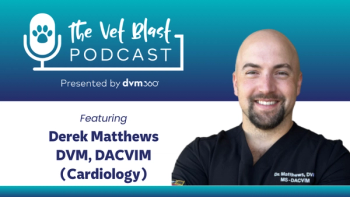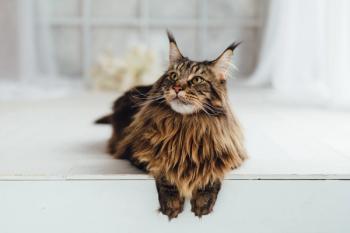
Take heart: Two new studies shed light on arterial thromboembolism
Human medicine serves as springboard for advancements in veterinary cardiology.
Two recent studies inspired by human medicine and funded by the Morris Animal Foundation are providing new insights into the treatment of arterial thromboembolism (ATE) in pets, according to an October post on the organization's
Rivroxaban: A promising blood thinner for cats?
Researchers from the University of Georgia hypothesized that rivaroxaban (Xarelto), which is commonly used as a blood thinner in humans, could help prevent ATE in cats. Published in the Journal of Veterinary Emergency and Critical Care, the
Genetics and clopidogrel
Because humans have exhibited a wide range of responses to blood thinners, researchers led by Ronald Li, PhD, at the University of California, Davis, set out to investigate whether or not cats do the same.
The study specifically examined “how genetics influence the way cats respond to clopidogrel (Plavix),” the blog post says. Published in the Journal of Veterinary Internal Medicine, the
“We found that cats with the genetic mutation that predisposes them to heart disease [A31P] had platelets that were more reactive than platelets from cats without the genetic mutation,” Li says in the Morris Animal Foundation post. “This study suggests that not only do platelets play a key role in clot formation in [hypertrophic cardiomyopathy] cats but that not all cats respond to clopidogrel the same way.” According to the blog post, this finding “could help clinicians understand why some cats fail therapy.”
Newsletter
From exam room tips to practice management insights, get trusted veterinary news delivered straight to your inbox—subscribe to dvm360.




